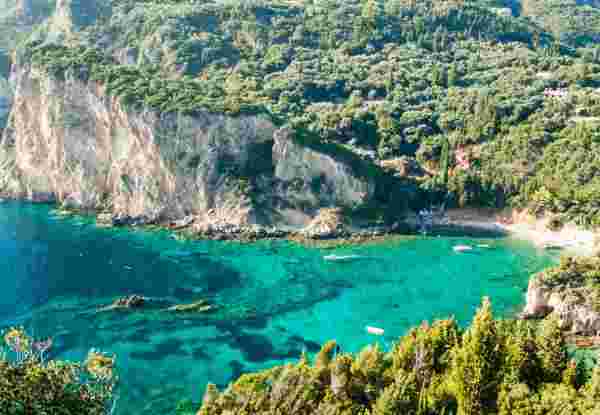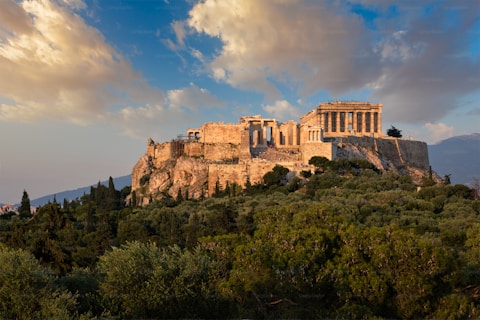18 Cultural Heritage Monuments in Greece

Since 1981, Greece has co-signed the UNESCO Treaty for the Protection of Monuments and World Heritage Sites. The goal of UNESCO is to protect against all kinds of decay and destruction so that they can be passed on to future generations. With the inclusion of the ancient theater of Philippi, the monuments of cultural heritage in Greece are now 18. Their beauty and importance are unique.
In this article, we present the 18 cultural heritage monuments located all over Greece. Grab a pen and pencil and note down the ones you want to add to your travel list. Afterward, contact us here, and together we will plan the best itinerary around the cultural heritage monuments you chose.
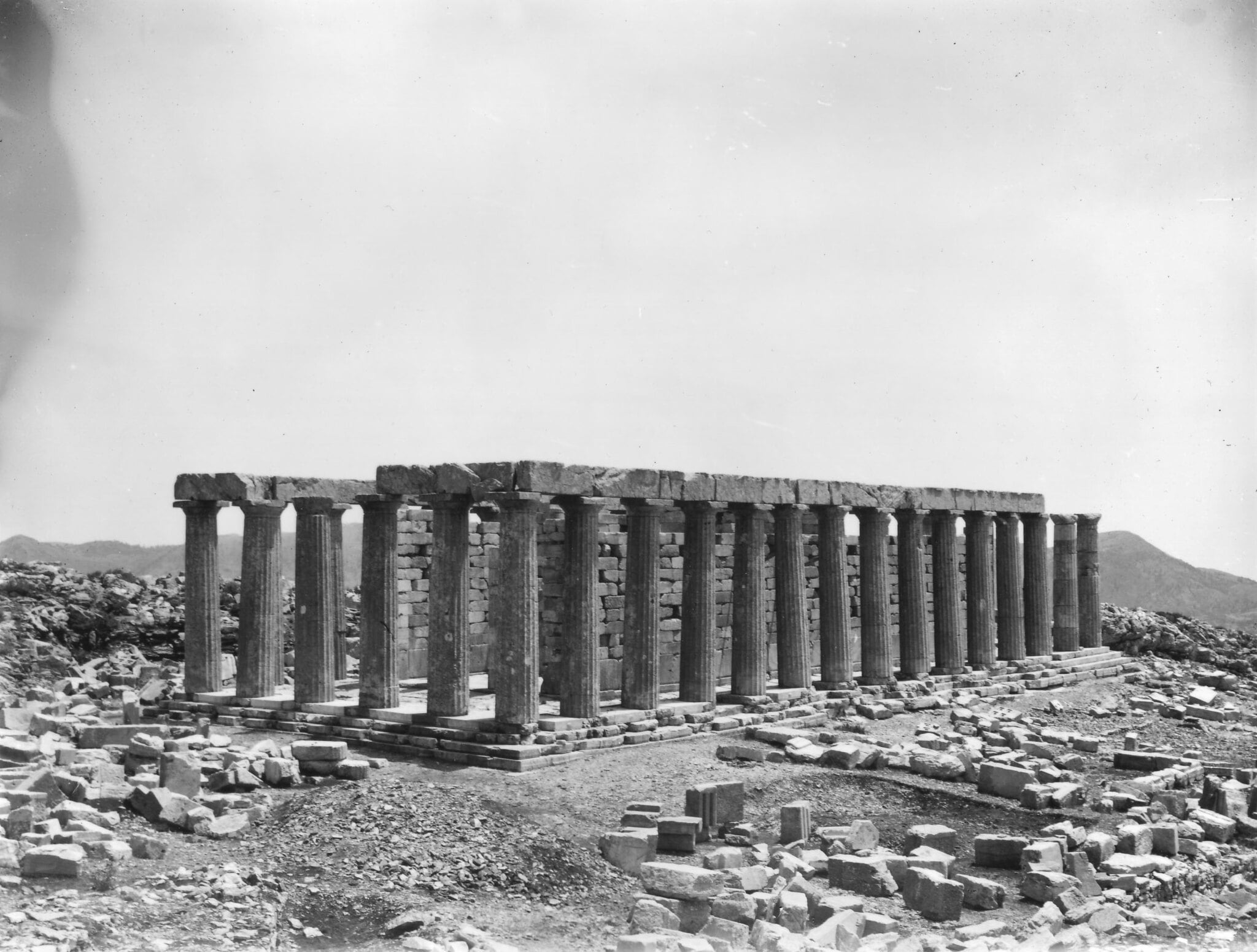
Temple of Apollo Epicurius at Bassae
The famous temple dedicated to the god of healing and the sun is from the 5th century in the steep mountains of Arcadia. The temple, with the oldest Corinthian capital, ever found, combines Archaic style with Doric Rome, with some bold architectural features.
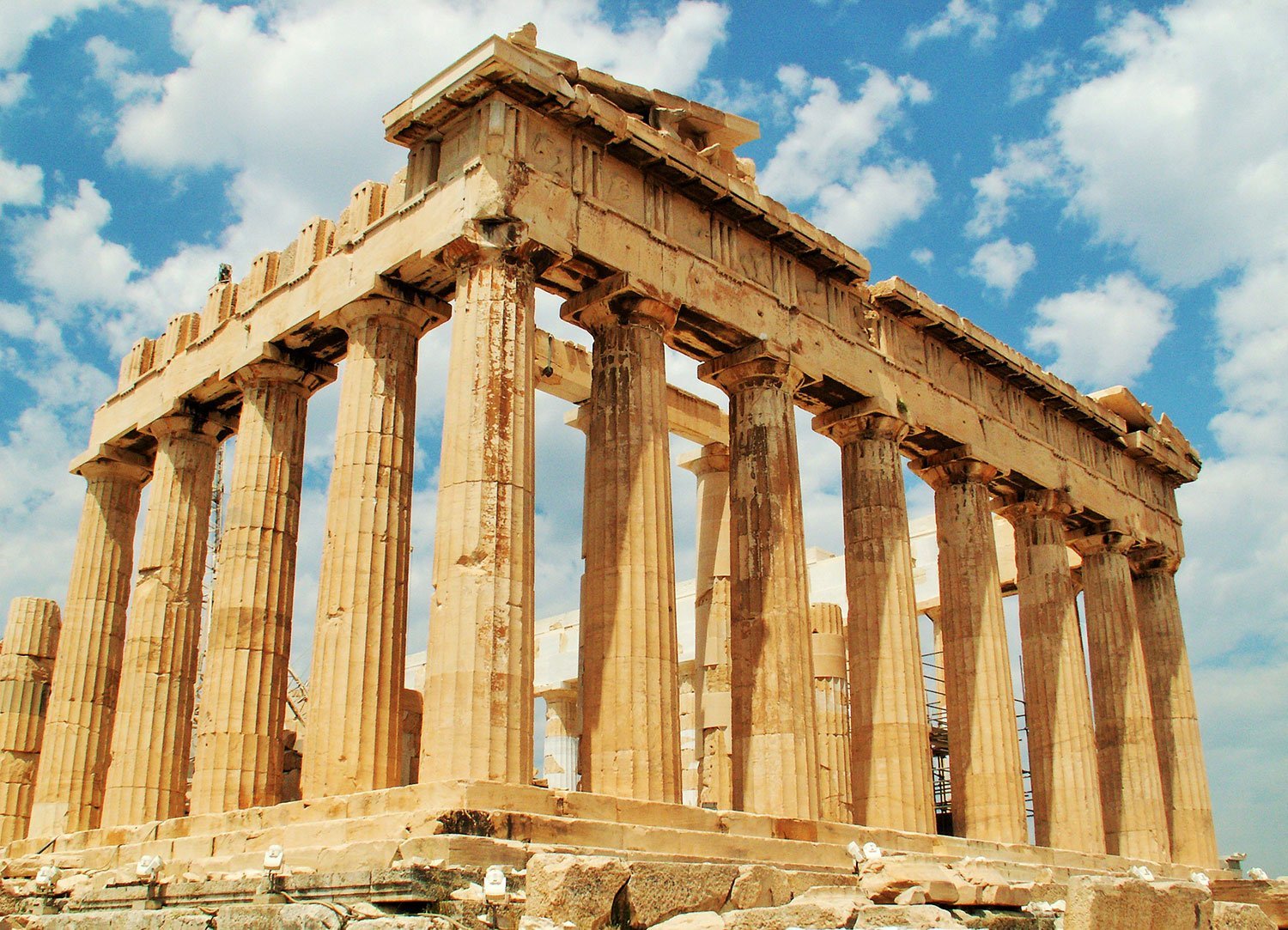
The Parthenon at the Acropolis of Athens
Archaeological Site of the Acropolis
Depicting the cultures, myths, and religions that flourished in Greece for more than a thousand years, the Acropolis includes four of the most important monuments of the classical Greek period, the Parthenon, the Propylaea, the Erechtheion, and the temple of Athena Nike, which can be considered symbols of the idea of world heritage.
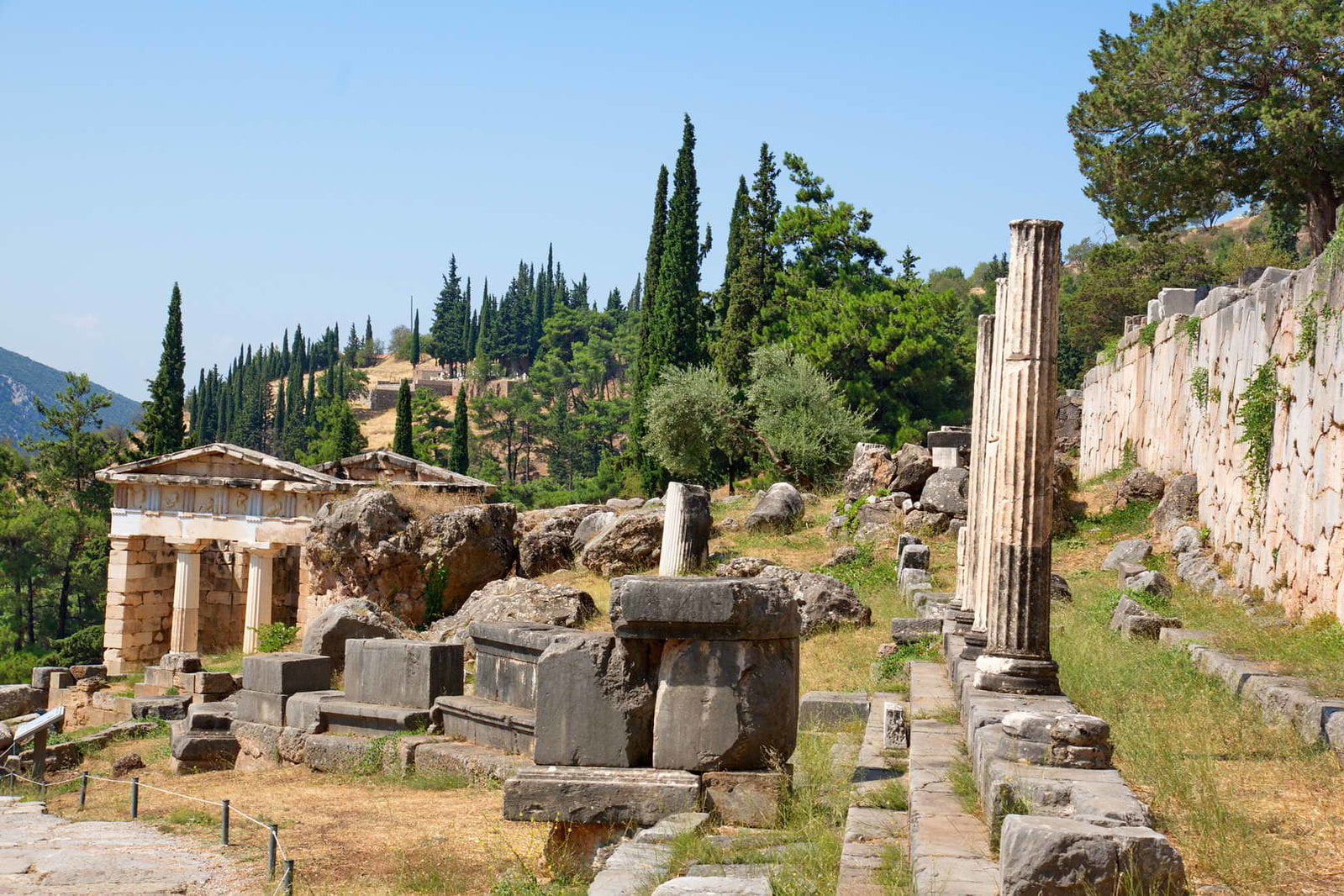
Archaeological Site of Delphi
The Panhellenic Sanctuary of Delphi, where the oracle of Apollo was given, was considered the “navel of the earth”. Harmoniously adapted to the exquisite landscape and imbued with sacred significance, the archaeological site of Delphi was in 6th BC. century religious center and the symbol of unity of the ancient world.

Sanctuary of Asklepius in Epidaurus
In a small valley of the Peloponnese, the archeological site of Epidaurus extends to different levels. The cult of Asclepius began there for the first time in the 6th century BC. However, the main monuments, especially the Theater which is considered one of the purest masterpieces of Greek architecture date from the 4th century. The wide archeological site is a tribute to the thermal cults of the Greek and Roman period with temples and hospital buildings dedicated to their gods.
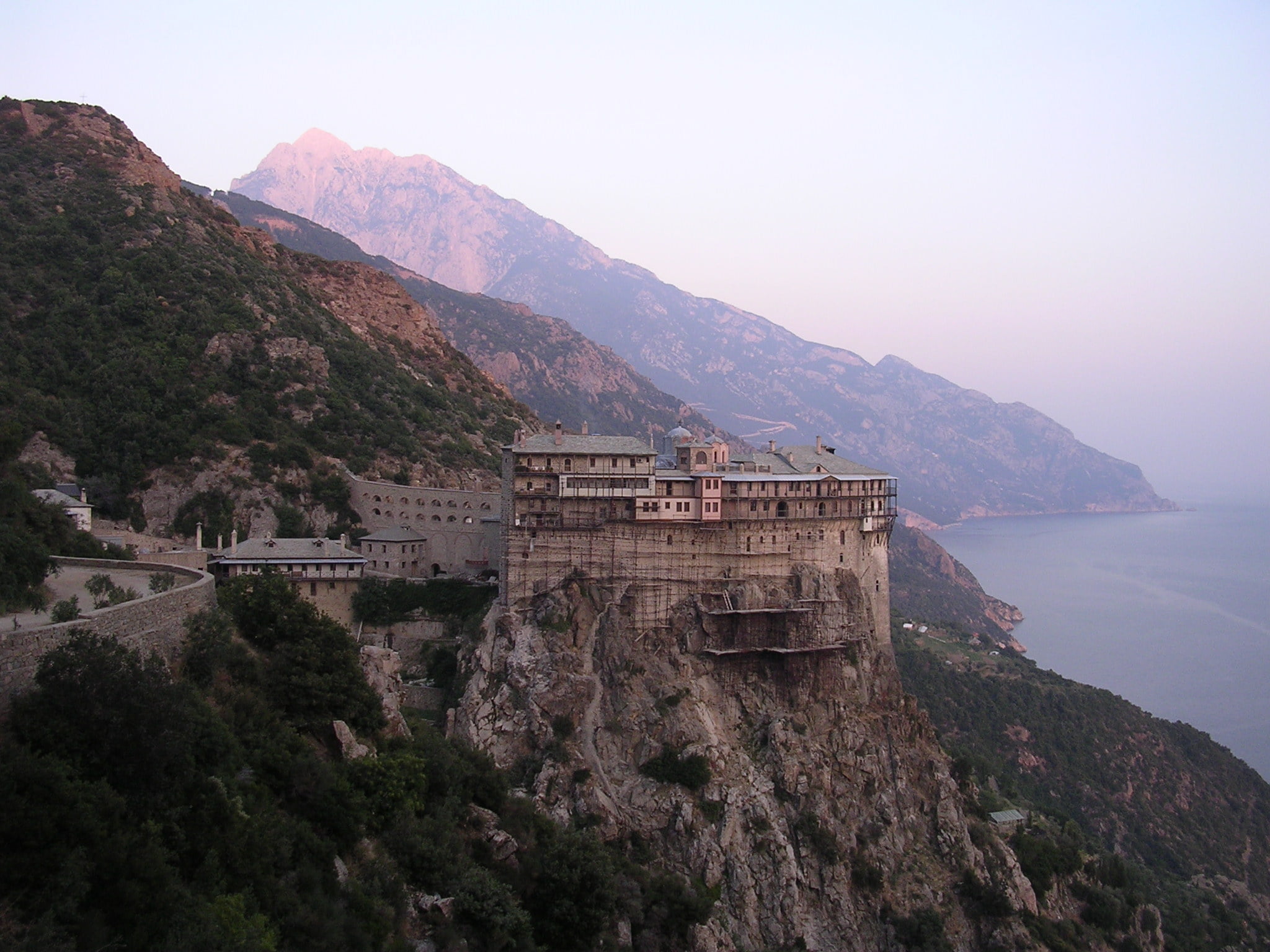
Mount Athos
Orthodox spiritual center since 1054, Mount Athos has enjoyed a status of autonomy since the Byzantine era. “Mount Athos”, the entrance to which is forbidden to women, has also been recognized as a landscape of artistic value. However, the layout of the monasteries (a total of 20, inhabited by about 1400 monks) has affected monasteries far away (such as those in Russia) and their school of hagiography has significantly influenced the history of Orthodox art.
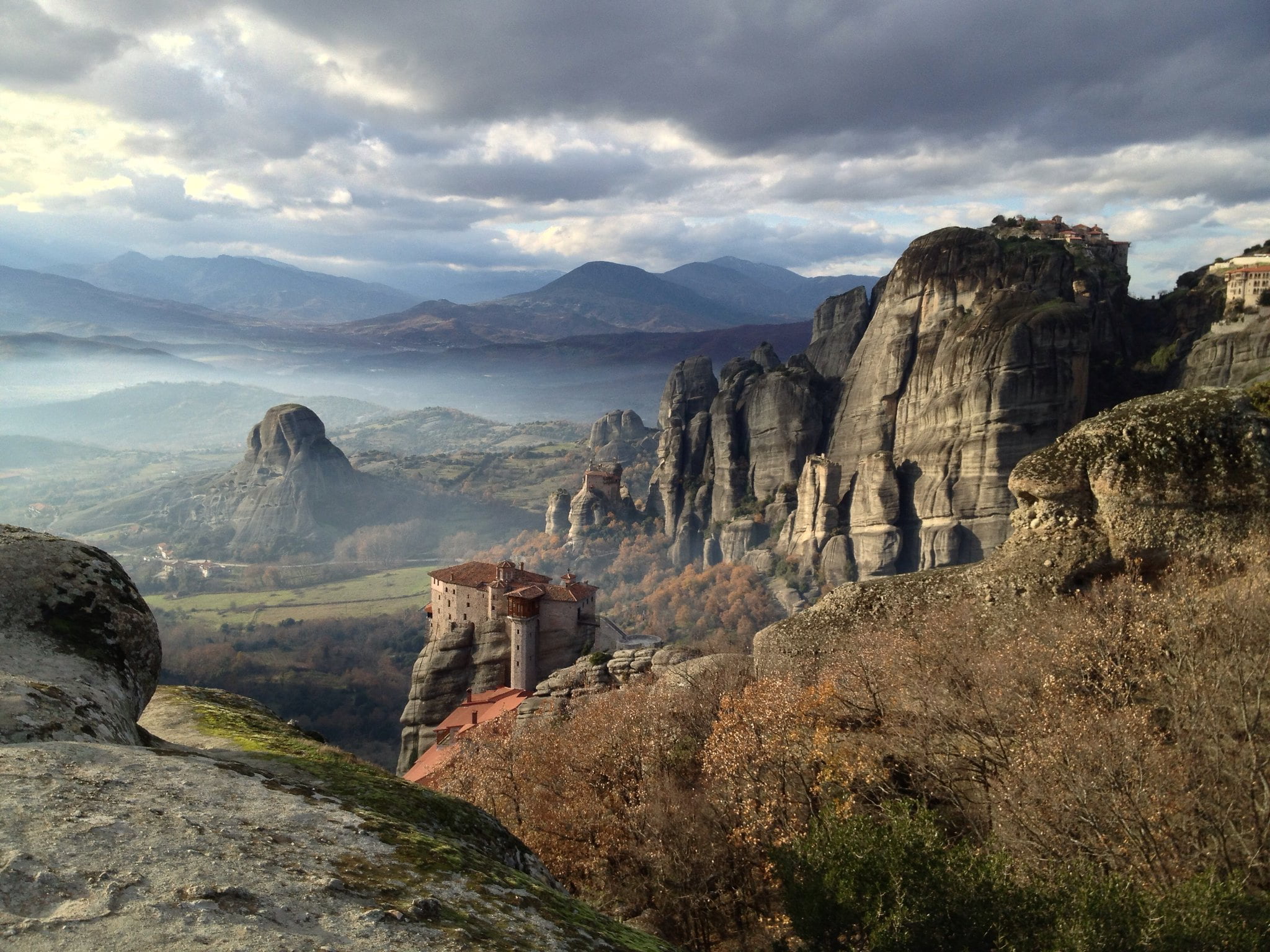
Meteora
In an inaccessible area of Meteora, on the top of steep cliffs, monks installed “the pillars of heaven”, as they called them, their sacred monasteries from the 11th century until today. During the revival of hermeticism under extremely difficult conditions in the 15th century AD, 24 monasteries were built. Nonetheless, the frescoes of the monasteries, which date from the 16th century, are a reference point for the development of post-Byzantine painting.

Early Christian and Byzantine Monuments of Thessaloniki
Thessaloniki, the second most important city in Greece, was one of the first centers of the spread of Christianity. Its Christian monuments include pre-Christian temples and three-aisled royal churches. They constitute a timeless typological series, which significantly influenced the Byzantine world. Nevertheless, the mosaics of the Rotunda, St. Demetrius, and St. David are among the most important masterpieces of early Christian art.
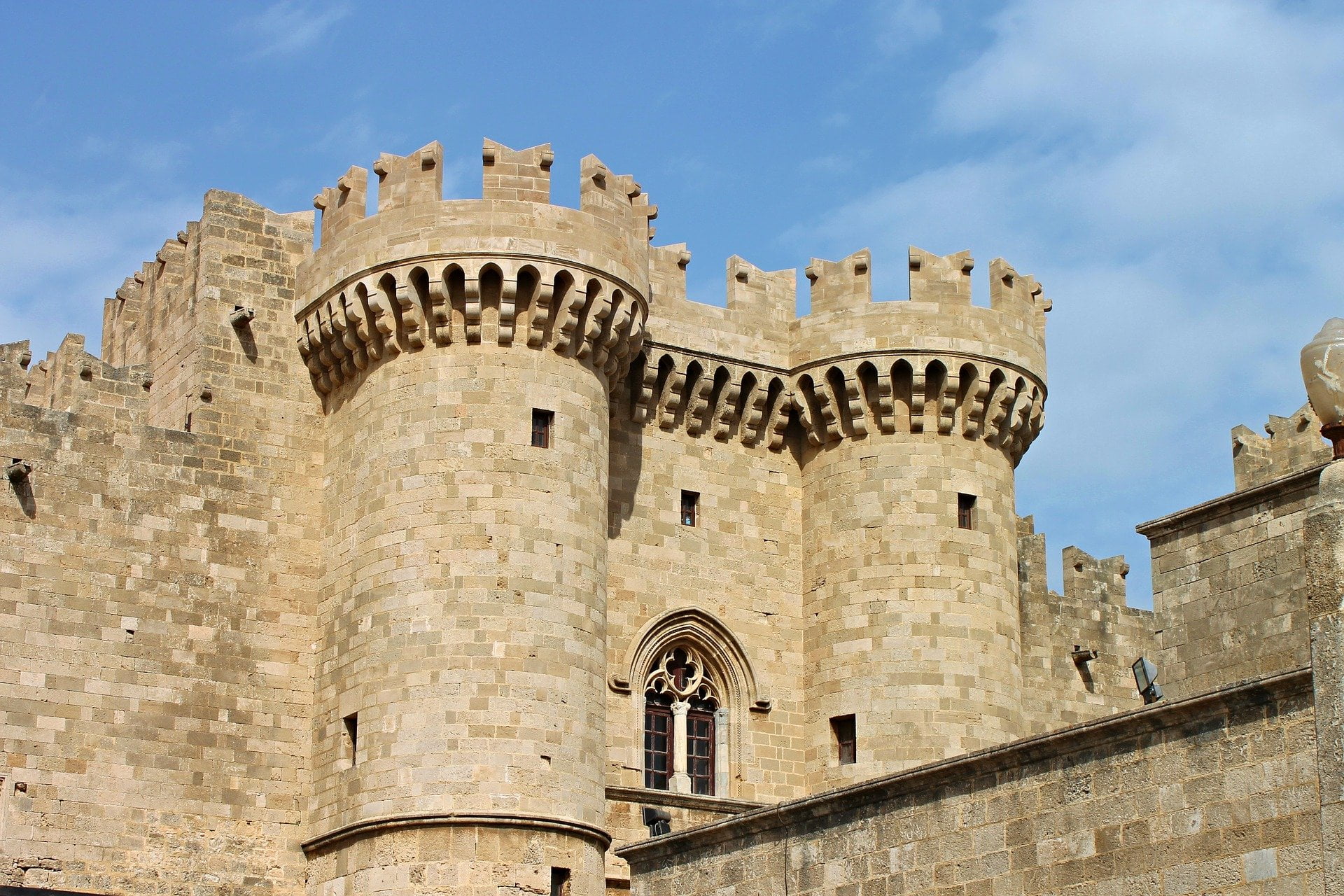
Medieval City of Rhodes
The Order of St. John of Jerusalem occupied Rhodes from 1309 to 1523 and turned the city into a stronghold. Later, the city came under Italian and Turkish occupation. With the Palace of the Great Lords, the Hospital, and the Way of the Knights, the Upper Town is one of the most beautiful urban centers of the Gothic period. However, in the Lower Town, Gothic architecture coexists harmoniously with mosques, public baths, and other buildings of the Ottoman period.
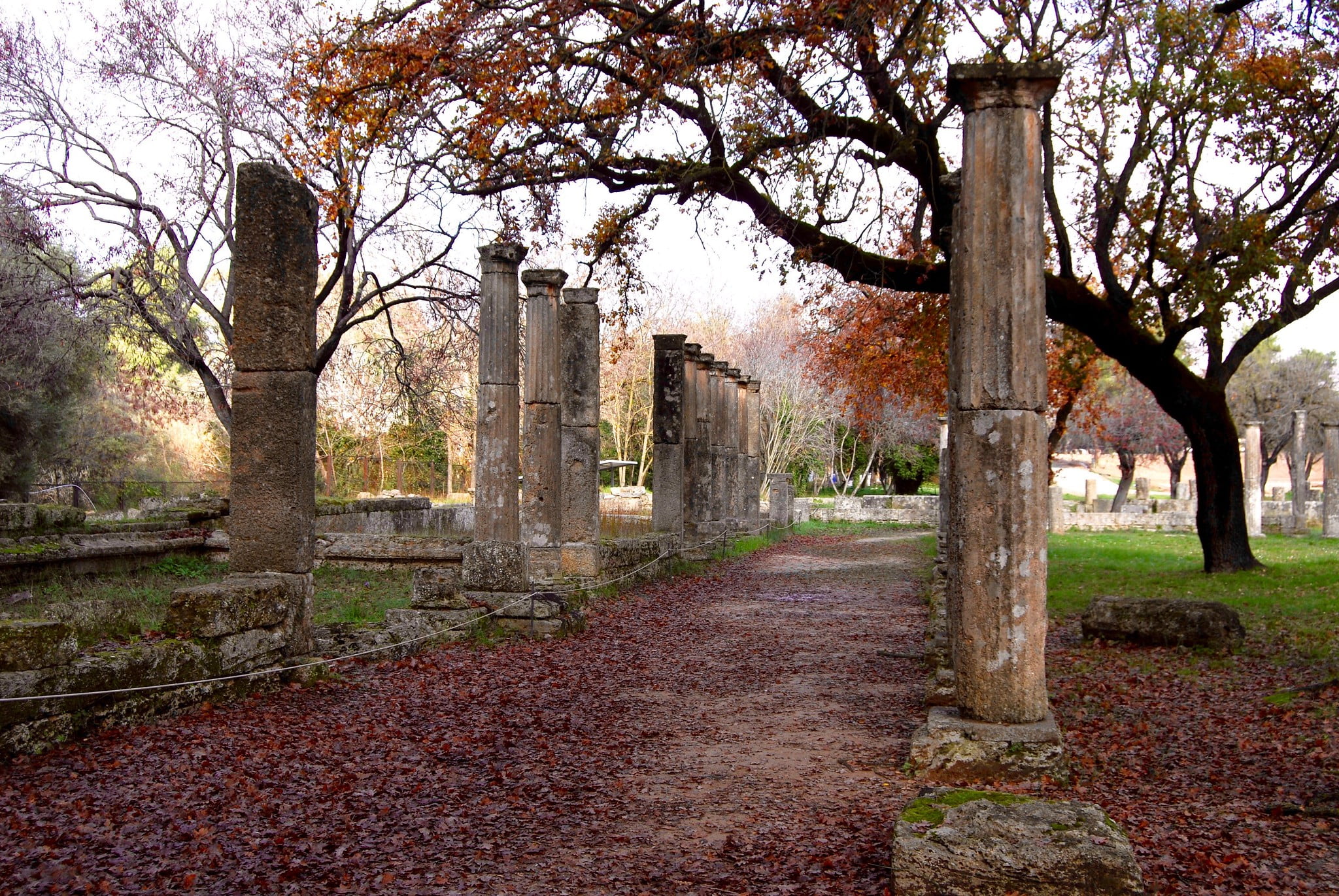
Archaeological Site of Olympia
The archeological site of Olympia, in a valley of the Peloponnese, has been inhabited since prehistoric times. In the 10th century BC. Olympia became the center of worship of Zeus. Furthermore, the monument of Alti – the sanctuary of the gods – gathers important masterpieces of the ancient Greek world. In addition to the temples, there are the remains of all the sports facilities created for the Olympic Games and which were organized in Olympia, from 776 BC, every four years.
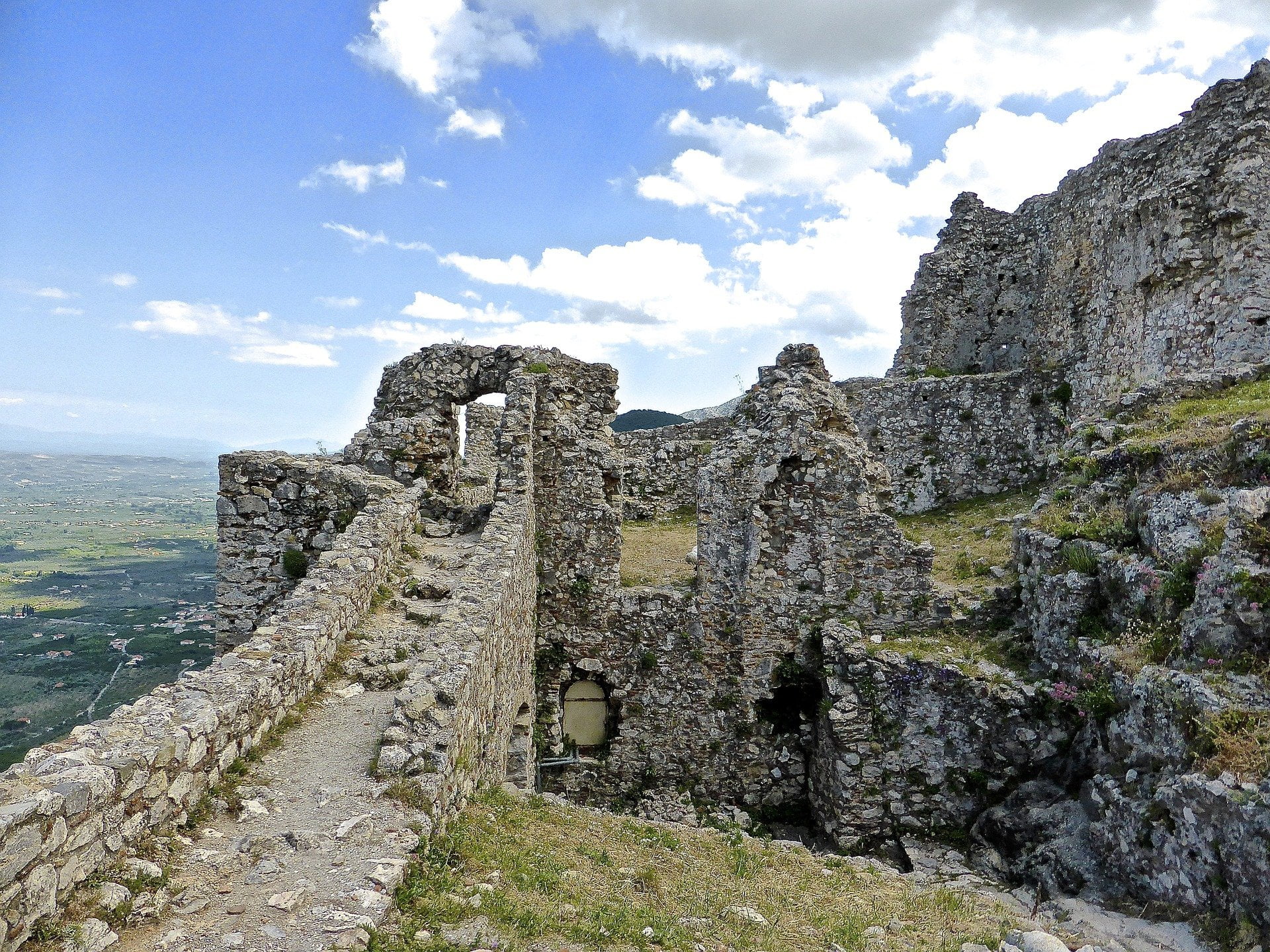
Archaeological Site of Mystra
Moria, the miracle of Moria, was built as a fortress in 1249 by the King of Achaia William of Villehardouin. The Byzantines recaptured it. Later, the Turks and Venetians conquered it. In 1832 they abandoned the city, leaving fascinating medieval ruins to stand in a location of exceptional beauty.
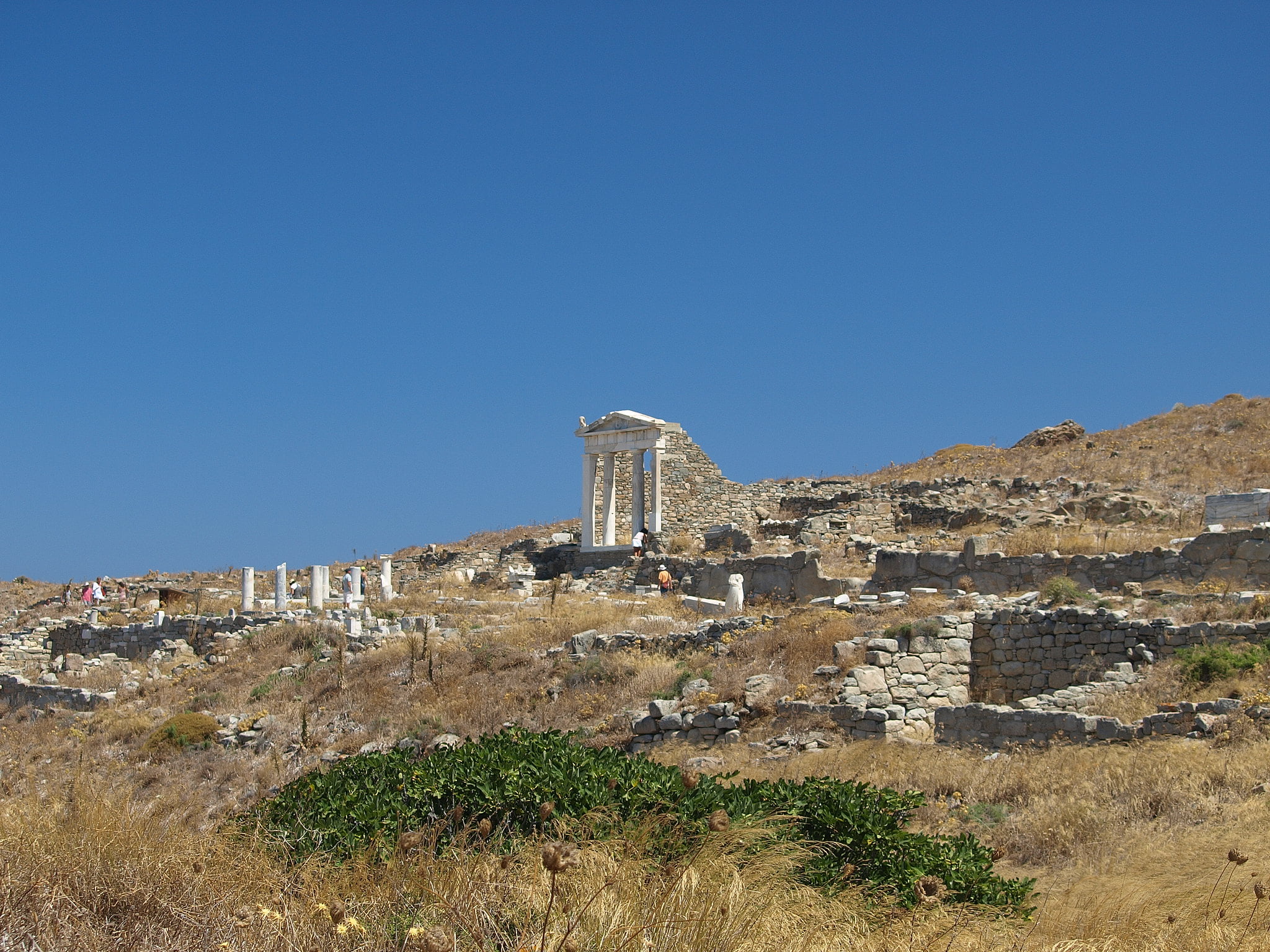
Archaeological Site of Delos
Firstly, according to Greek mythology, Apollo was born on this small island in the Cyclades. The sanctuaries of Apollo attracted pilgrims from all over Greece and Delos was a prosperous trading port. Secondly, the island has influences from the successive civilizations of the “Aegean” world, from the 3rd millennium BC. to the Early Christian era. Thirdly, the archeological site is extremely extensive and rich and gives the image of a great cosmopolitan Mediterranean port.
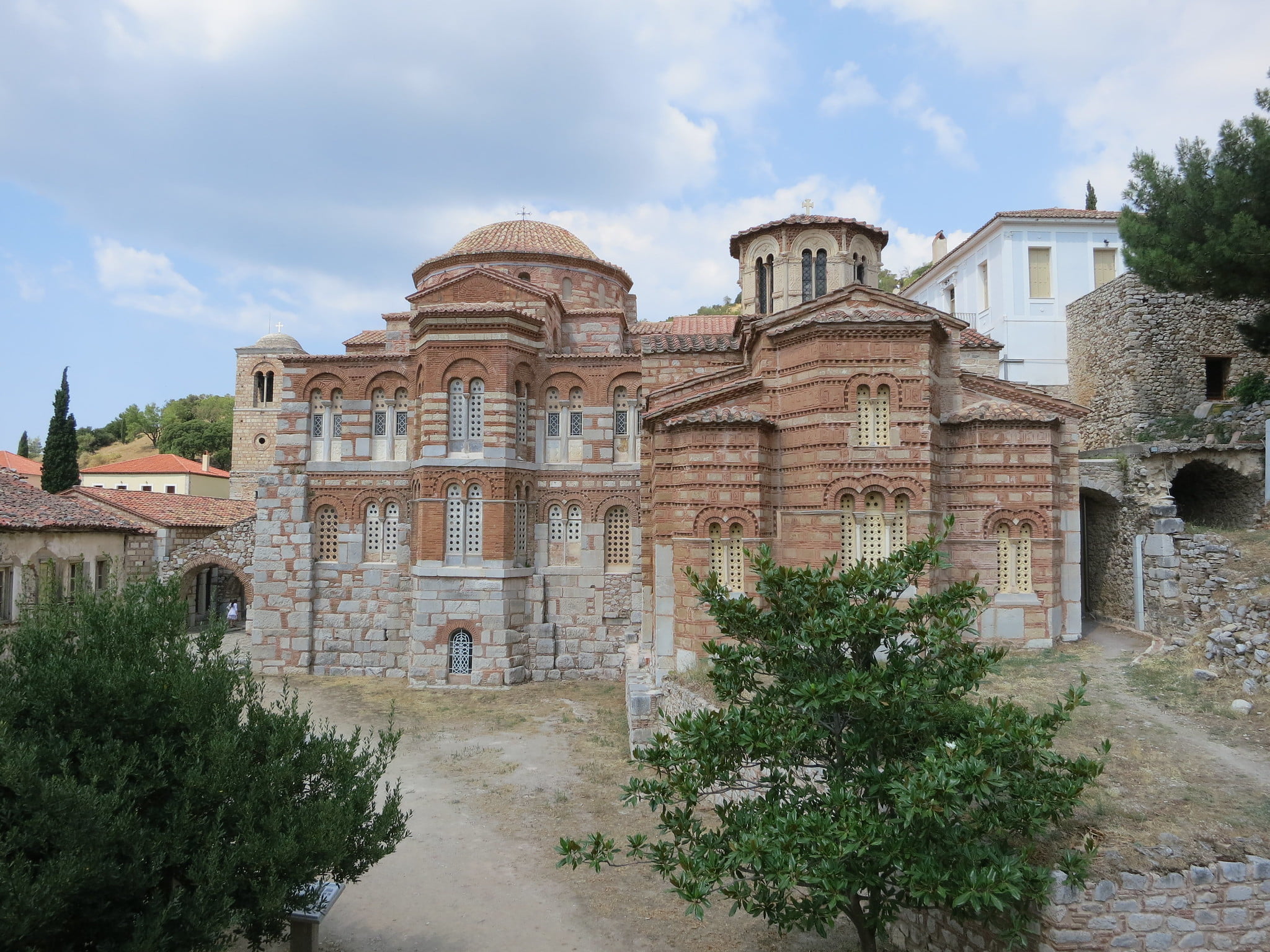
Monasteries of Daphni, Hosios Loukas and Nea Moni of Chios
Despite their significant geographical distance (the first in Attica, the second in Fokida, and the third in the Aegean) these three monasteries belong to the same typological order. The churches have a large dome. The small arches support their large domes creating an octagonal space. In the 11th and 12th centuries, the churches had a variety of decorations, colorful orthomarble, mosaics on a gold background, all characteristic of the “second Byzantine Period”.
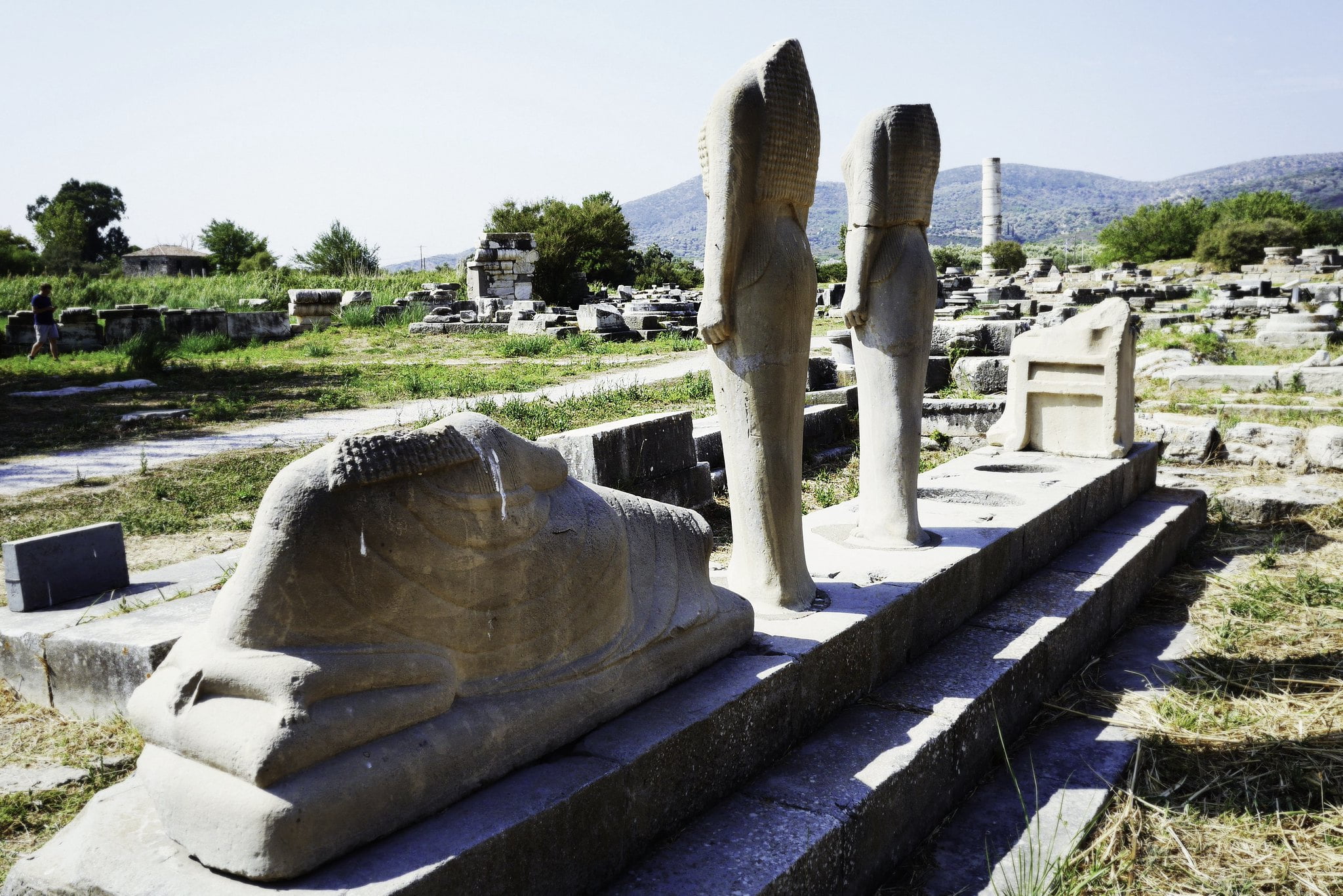
Heraion of Samos
From the 3rd millennium BC. many cultures have inhabited this small Aegean island near Asia Minor. The ruins of Pythagorion, an ancient fortified port with Greek and Roman monuments and an impressive aqueduct, as well as Heraion, the temple of Hera of Samos, are still open to the public.

Archaeological Site of Aigai – Vergina
The city of Aigai was the first capital of the Kingdom of ancient Macedonia. In the 19th century, it became clear that ancient Macedonia is near Vergina in Northern Greece. Furthermore, the most important monuments are the Palace and the burial site, some of which date from the 11th century BC. Moreover, the mosaics and frescoes that decorate the Palace are exquisite. In addition, they have tombs at the site. One of the royal tombs in the Great Tomb is the tomb of Philip II. Finally. he conquered all Greek city-states, paving the way for his son Alexander and the spread of the Hellenistic world.
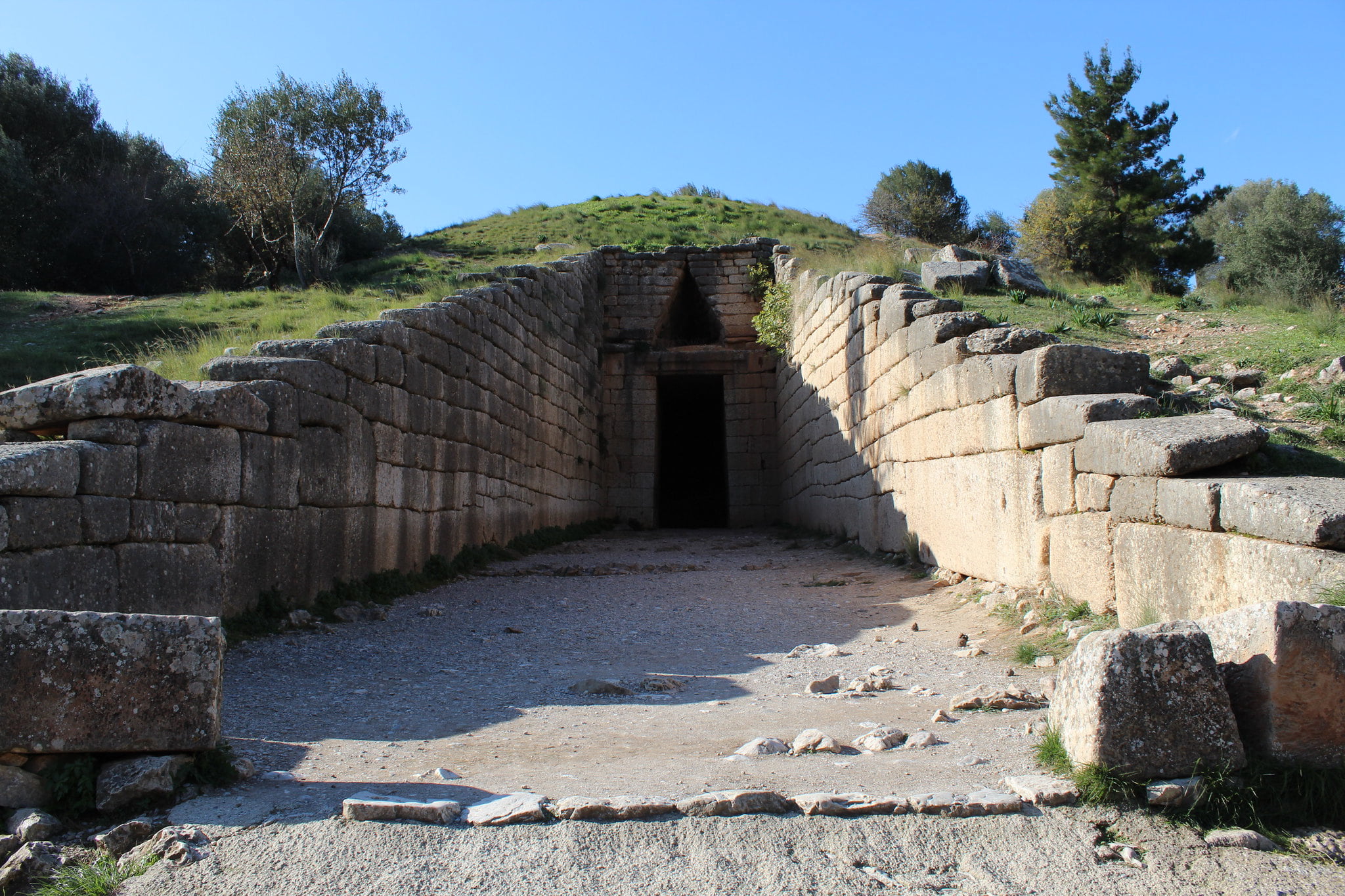
Archaeological Sites of Mycenae and Tiryns
The archeological sites of Mycenae and Tiryns are the imposing monuments of the two largest cities of the Mycenaean civilization, which dominated the eastern Mediterranean from the 15th to the 12th century BC. and played a vital role in the development of classical Greek culture. One can associate these two cities with the Homeric epics, the Iliad, and the Odyssey. The epics have influenced European art and literature for more than 3 millennia.
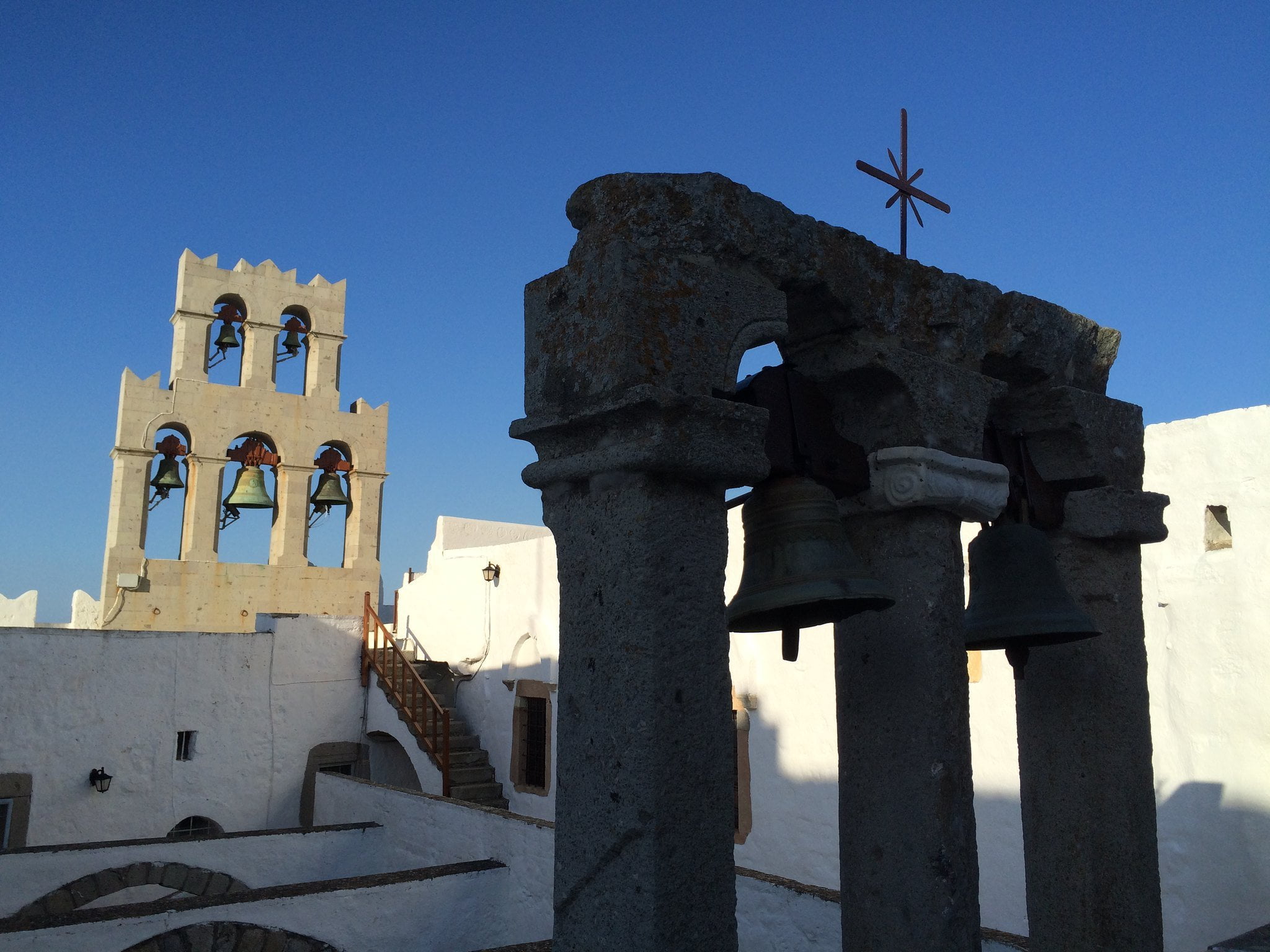
The Historic Centre (Chorá) with the Monastery of Saint-John the Theologian and the Cave of the Apocalypse on the Island of Pátmos
Patmos, in the Dodecanese, is famous as the island where Saint John the Theologian wrote the Gospel and the Apocalypse. A monastery dedicated to the “beloved student” was discovered on the island in the late 10th century. Since then it has been a place of pilgrimage and a station of Greek Orthodox learning. The monastery complex dominates the island connecting the old settlement of Chora that includes religious and folk buildings.
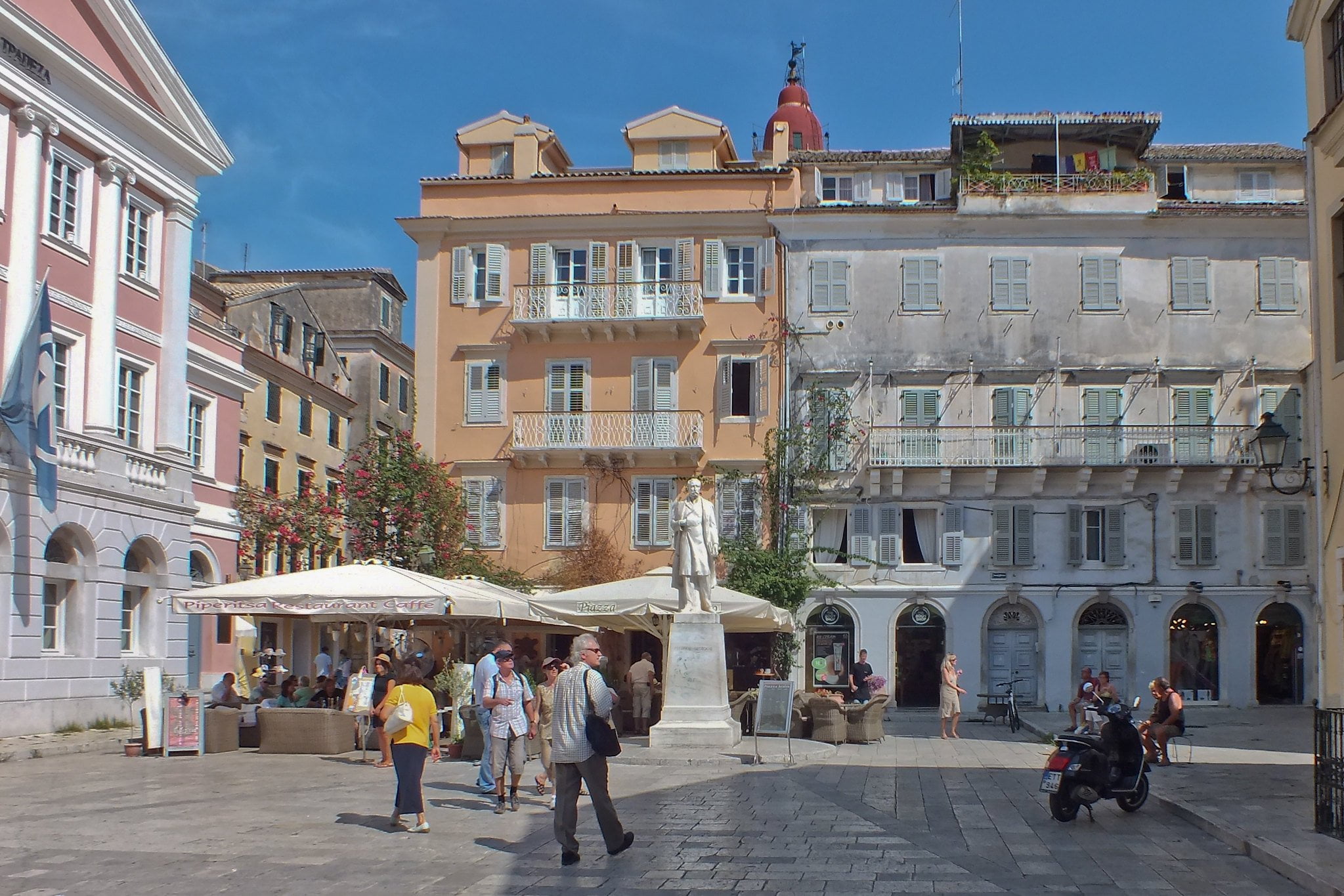
Corfu Old Town
The Old Town of Corfu with its two fortresses, the old and the new, and with traces of multiple influences, is located at the entrance of the Adriatic Sea and has been inhabited since antiquity until today. Due to its strategic location, Corfu developed into an important port that protected the island from repeated sieges. The Old Town of Corfu is one of the most important fortified cities in the Mediterranean.
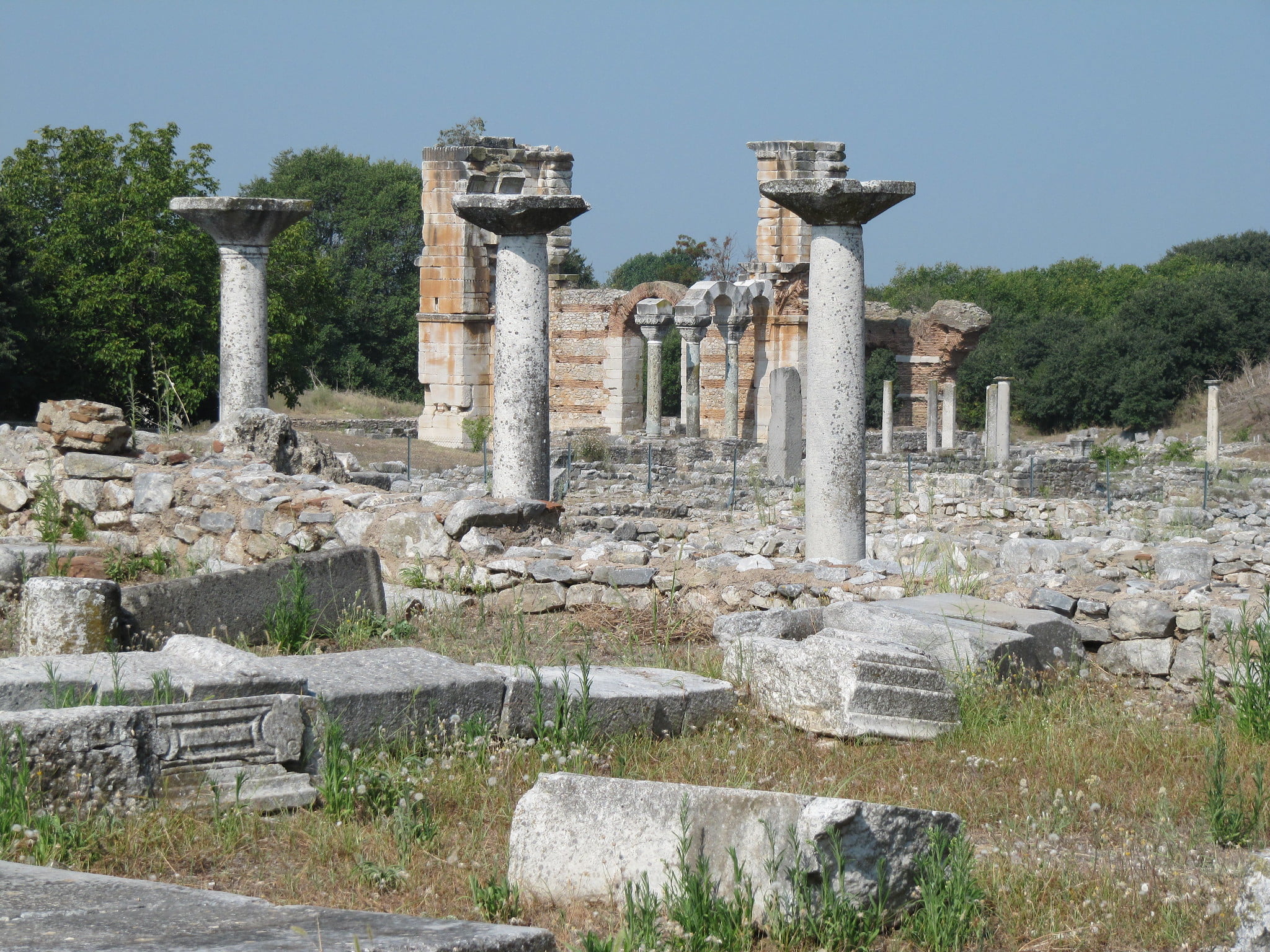
Archaeological Site of Philippi
The ancient city of Philippi was founded on the edge of the swamps that covered the southeastern part of the Drama plain. Additionally, the city of Philippi is the most important archeological site of Eastern Macedonia. Its first inhabitants were settlers from Thassos, who founded the colony of Krinide in 360 BC. Finally, the city flourished during the Hellenistic years.
Feature Image by Andy Montgomery
Feeling Ready?
From our blog

Exploring Greece in February: Weather and Travel Guide

One Day in Santorini Itinerary: Α Beginner’s Guide
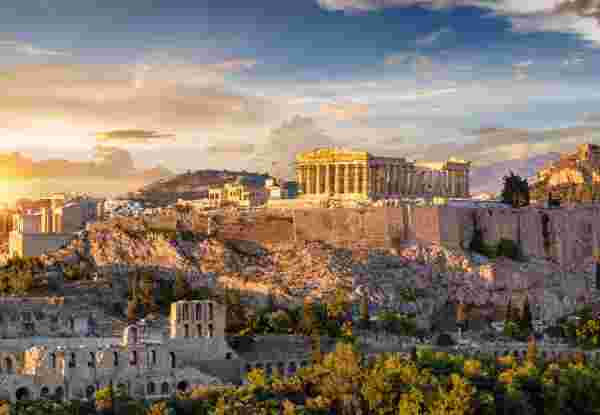
How to Plan a Trip to Greece

Best Greek Islands in May: Your Complete Guide
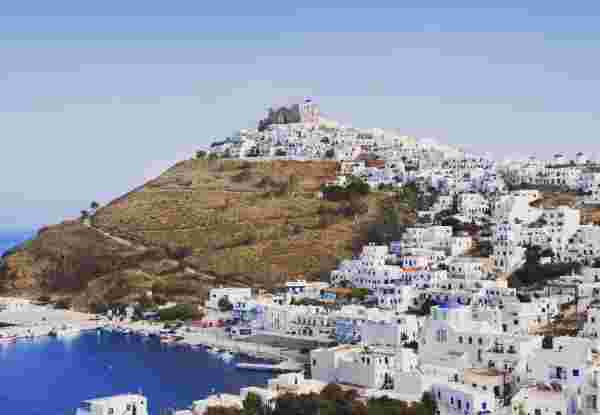
Best Greek Islands for Families: Ultimate Guide
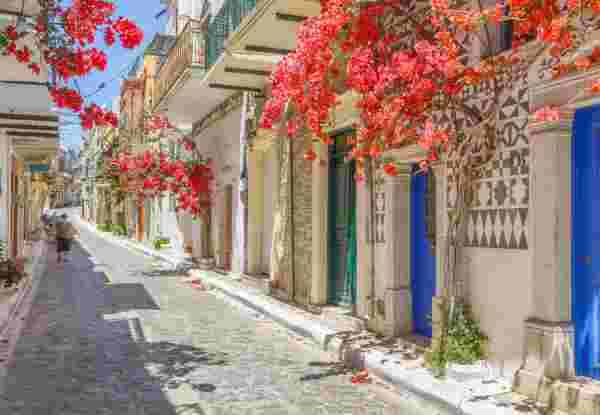
Weather in Greece in March: Insiders Tips
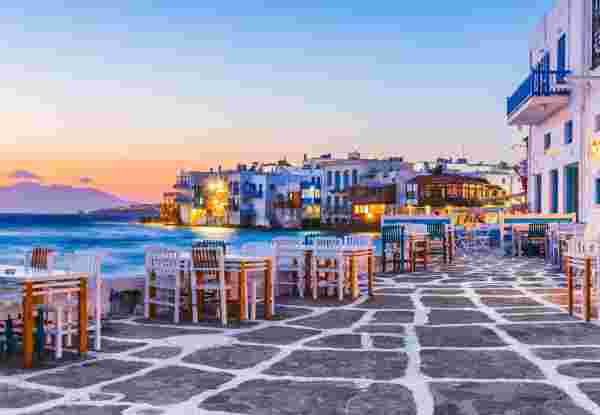
Travel Packages to Greece: Insider Tips and Tricks
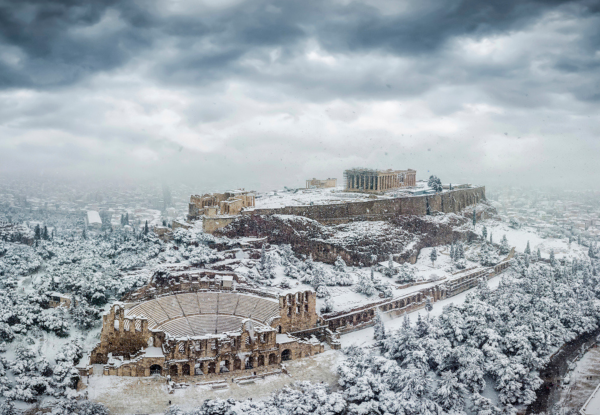
Weather in Greece in January: Your Complete Guide
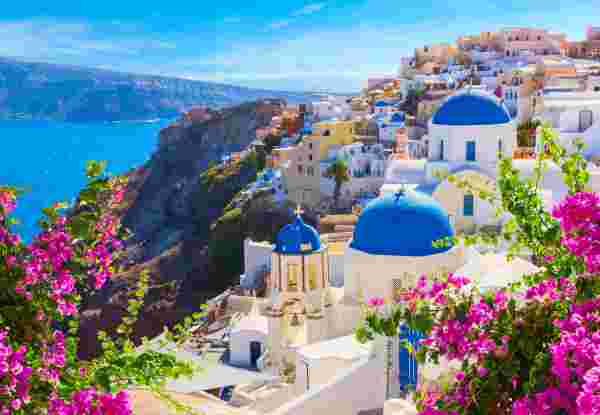
Discover Greece Like Never Before with Our Ultimate Giveaway!
